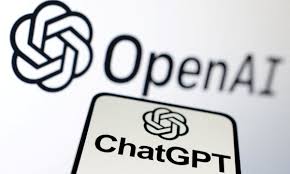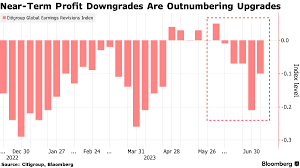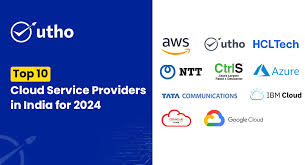Business
Featured
The Ten Billion Dollar Question: Inside OpenAI's Explosive Growth and the High-Stakes Economics of AI Dominance
Editor
Jun 21, 2025
min read
5 views

In a testament to the blistering pace of the AI revolution, OpenAI has achieved a financial milestone that was once unthinkable for a research-oriented organization. As of May 2025, the company has reportedly surpassed a $10 billion annualized revenue run rate, a staggering figure that underscores both the immense commercial appetite for its technology and the colossal financial pressures inherent in the race to build artificial general intelligence (AGI).
This meteoric rise, nearly doubling from a $5.5 billion run rate in December 2024, is largely fueled by the widespread adoption of its flagship products, particularly ChatGPT and its powerful underlying models, which are now available through its API platform. The company's strategic shift from a pure non-profit to a 'capped-profit' entity has unlocked a torrent of investment and enterprise partnerships, transforming it into a commercial juggernaut. A March 2025 valuation pegged the company at an eye-watering $300 billion, placing it among the most valuable private technology companies in the world.
But behind these headline numbers lies a complex and precarious economic reality. The cost of developing and running state-of-the-art AI models is astronomical. Training a single large language model can cost hundreds of millions of dollars in computing power alone, and the ongoing operational expenses for inference—the process of running the models to generate responses for millions of users—are equally substantial. OpenAI's gross margins, currently estimated at around 40%, are significantly lower than the typical 70-80% margins for cloud software companies, a clear indicator of the high cost of goods sold in the AI business.
This financial reality forces OpenAI to walk a tightrope. It must continue to generate massive revenue to fund its ambitious research agenda and compete with deep-pocketed rivals like Google, Meta, and Amazon. This has led to a multi-pronged business strategy. The company offers premium subscription tiers for ChatGPT, providing users with access to its most advanced models and features. However, the real growth engine is its enterprise business, with Chief Operating Officer Brad Lightcap recently highlighting a surge in corporate clients and strategic partnerships, including collaborations in the UAE and with companies like Moderna. These deals involve integrating OpenAI's technology into a wide array of business processes, from customer service and content creation to complex data analysis and software development.
The company is also aggressively pursuing new monetization paths. According to recent reports, OpenAI is exploring opportunities in AI-powered hardware, with speculation about an 'ambient' device, and even has its sights set on the lucrative world of Hollywood, where its technology could revolutionize film production and special effects.
However, this rapid commercialization is not without its critics. The 'OpenAI Controversy,' as some have termed it, stems from the perceived tension between its original non-profit mission and its current profit-driven model. Activist groups and some industry insiders argue that the relentless pursuit of revenue could lead to a compromise on safety and ethical considerations. The need to deliver returns to investors, including its primary partner Microsoft, could incentivize OpenAI to deploy powerful AI systems without fully understanding or mitigating their potential risks.
Moreover, the competitive landscape is intensifying. While OpenAI currently holds a dominant market position, competitors are closing in. Anthropic, a rival AI lab founded by former OpenAI employees, has crossed the $3 billion annualized revenue mark. Google continues to pour vast resources into its DeepMind division, and Meta's aggressive recruitment tactics, as highlighted by OpenAI CEO Sam Altman, signal its intent to be a major player. The rise of powerful open-source models also presents a long-term challenge, potentially commoditizing some of the capabilities that are currently a key part of OpenAI's value proposition.
OpenAI's leadership is acutely aware of these challenges. They are betting that continuous innovation and the development of ever-more-capable models, like the recently announced 'o3' and 'o4-mini,' will keep them ahead of the pack. The company projects that its margins will improve as the efficiency of AI inference increases and new architectural advances drive down per-token costs. Long-term revenue projections are incredibly ambitious, with some reports suggesting targets of $125 billion by 2029.
Achieving these goals will require not only technological supremacy but also a deft navigation of the complex ethical, regulatory, and competitive currents that are shaping the AI industry. The $10 billion milestone is a remarkable achievement, but for OpenAI, it is also a stark reminder of the immense financial stakes involved in its quest to build AGI. The company's ability to balance its lofty mission with the harsh realities of its economic model will ultimately determine its long-term success and its impact on the world.
Editor
League Manager Editorial Team





Leave a Comment